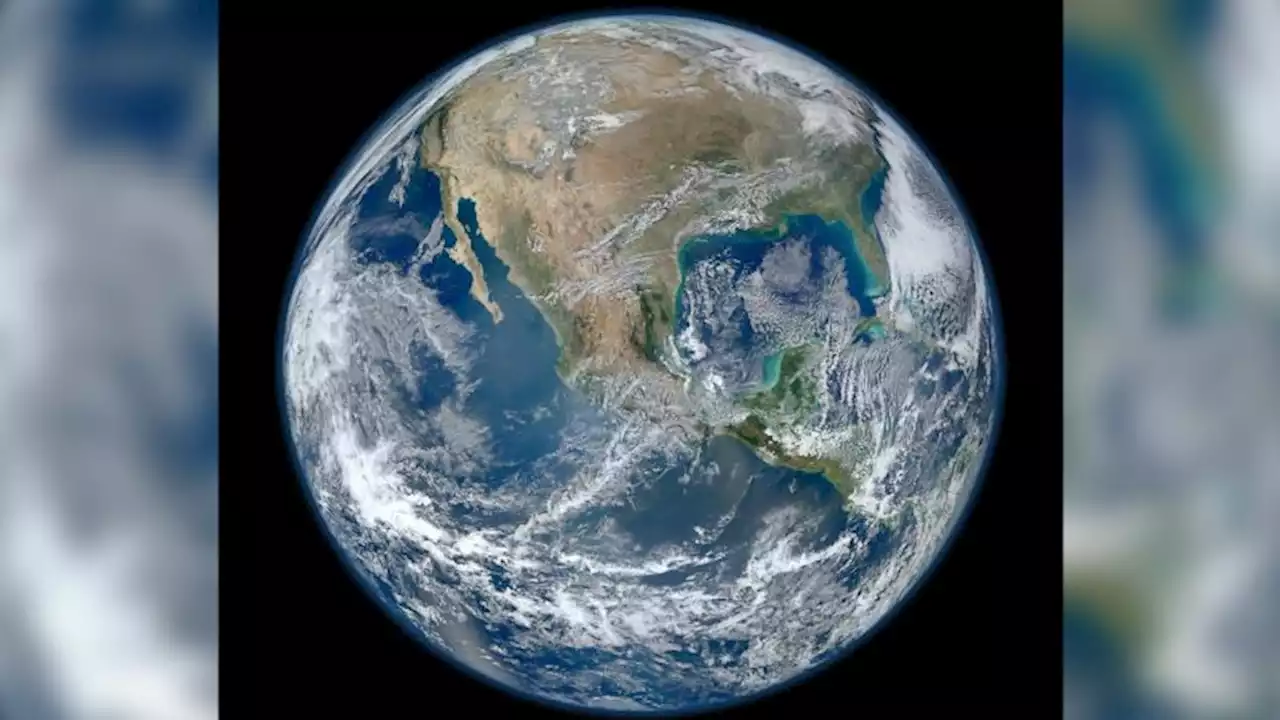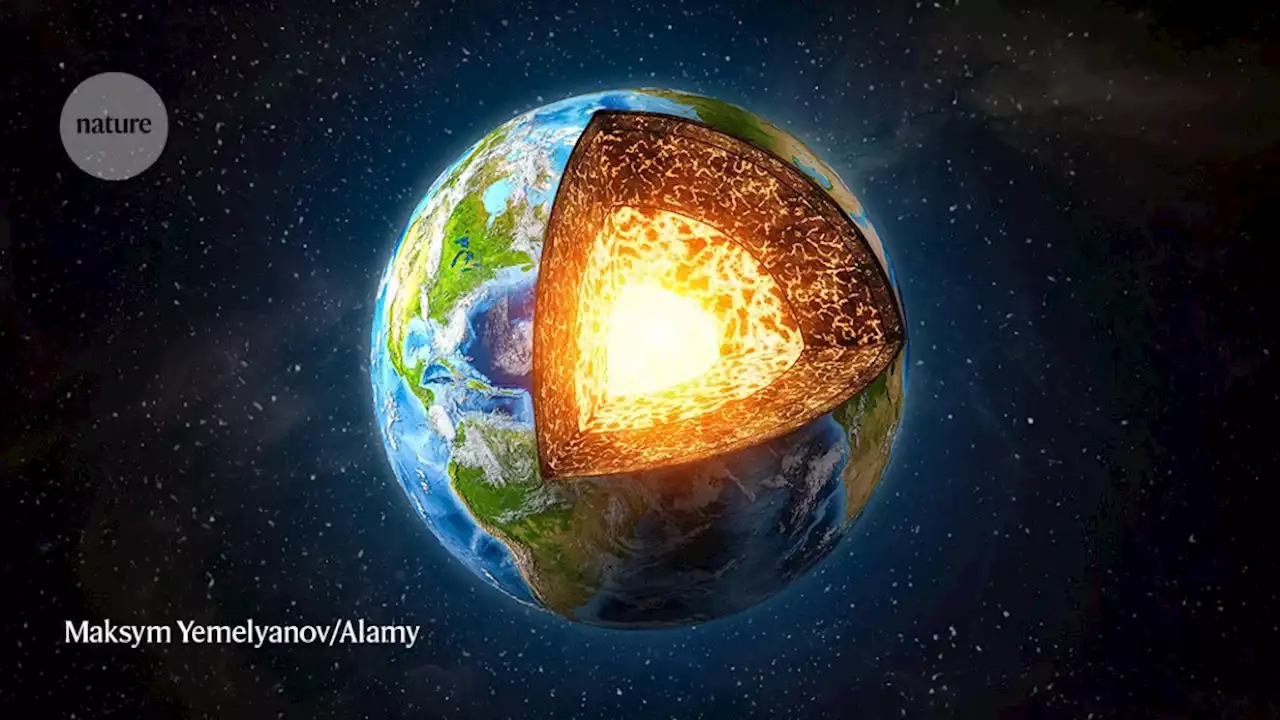There's been a lot of news about the Earth's core slowing down lately, and while that sounds strikingly like the plot of 2003's disaster flick, The Core, we don't need to send Aaron Eckhart and Hilary Swank to fix it. There's no need to panic.
A schematic diagram showing how seismic waves generated by an earthquake pass through Earth's interior, revealing its structure. Credit: Wikimedia Commons.Exploring inside of our planet like we explore the solar system is a frontier that may never be reached. The intense pressure and temperature in the Earth makes it nearly impossible to even conceive of how we could explore much of our planet with our own eyes.
If we were to travel from the surface of the Earth to the very middle, we'd travel nearly 4,000 miles. Although that is the same distance as Boston to Helsinki, it is infinitely harder to traverse. In fact, if "straight down" is the direction you want to go, humans have only made it ~7.5 miles -- or a paltry 0.2% of the trek.
Probably the most important data we can collect about Earth's interior is how quickly seismic waves generated by earthquakes pass through the planet. Depending on the layers they intersect, the. That's because the composition and the state of the layer will alter those velocities. In general, cold and solid materials mean faster waves, warm and partially melted materials mean slower waves. This is a gross simplification, but it works in a broad sense.
, but really they are just helping us understand the dynamic nature of the mantle and the core of Earth.The first study to catch the media's attention was one that was sold as "Earth's core stopped spinning!" Now, that does sound dramatic ... except that it really isn't. That study, byThe Earth's metallic core is divided into two layers: the liquid
United States Latest News, United States Headlines
Similar News:You can also read news stories similar to this one that we have collected from other news sources.
 Earth's innermost layer is a 400-mile-wide ball of iron, new study suggests | CNNScientists have long wondered what lies at the very center of the Earth, and the latest research is putting weight behind a theory that our planet has a distinct ball of iron within its metallic core
Earth's innermost layer is a 400-mile-wide ball of iron, new study suggests | CNNScientists have long wondered what lies at the very center of the Earth, and the latest research is putting weight behind a theory that our planet has a distinct ball of iron within its metallic core
Read more »
 Earth's hiding fifth layer in its inner core, reveals fresh evidenceTraditionally we've been taught the Earth has four primary layers. Though, a new study points towards a distinct change at depth, suggesting a fifth.
Earth's hiding fifth layer in its inner core, reveals fresh evidenceTraditionally we've been taught the Earth has four primary layers. Though, a new study points towards a distinct change at depth, suggesting a fifth.
Read more »
 NASA’s Planetary Radar Captures Empire State Building-Sized Asteroid As It Flew Past EarthOne of the most elongated asteroids ever imaged by planetary radar was closely tracked by NASA’s Deep Space Network. An oblong asteroid, more than three times as long as it is wide, safely flew past Earth on February 3 at a distance of about 1.1 million miles (1.8 million kilometers, or a little
NASA’s Planetary Radar Captures Empire State Building-Sized Asteroid As It Flew Past EarthOne of the most elongated asteroids ever imaged by planetary radar was closely tracked by NASA’s Deep Space Network. An oblong asteroid, more than three times as long as it is wide, safely flew past Earth on February 3 at a distance of about 1.1 million miles (1.8 million kilometers, or a little
Read more »
 Secrets of Earth’s inner core revealed by large quakesThe reverberations from earthquakes as they bounce back and forth through the centre of Earth have revealed new details about the structure of the planet’s inner core.
Secrets of Earth’s inner core revealed by large quakesThe reverberations from earthquakes as they bounce back and forth through the centre of Earth have revealed new details about the structure of the planet’s inner core.
Read more »
 Technology could solve most of the earth’s problems | PennLive lettersWith all the technology on planet Earth, civilizations across the planet are sinking daily.
Technology could solve most of the earth’s problems | PennLive lettersWith all the technology on planet Earth, civilizations across the planet are sinking daily.
Read more »
 Scientists Find NASA's Mars Rover Would Struggle to Detect Life on EarthBad news if you're hoping to hear about definitive signs of Martian life soon: the instruments of Mars rovers just aren't advanced enough.
Scientists Find NASA's Mars Rover Would Struggle to Detect Life on EarthBad news if you're hoping to hear about definitive signs of Martian life soon: the instruments of Mars rovers just aren't advanced enough.
Read more »
